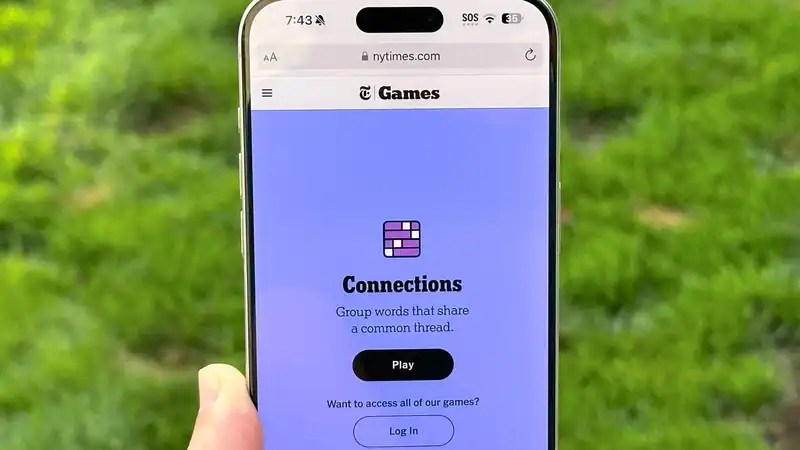No matter what the app stores say, there is no such thing as a free app You either pay to see ads or, in this case, a banking Trojan dropped on your Android smartphone
As reported by BleepingComputer, a new set of malicious apps with over 150,000 downloads combined have been found in the Google Play store spreading the Anatsa banking Trojan [It is worth noting that at this time, only the best Android phone users in the UK, Germany, Spain, Slovakia, Slovenia, and the Czech Republic have been targeted by this new campaign However, that could change if the cybercriminals behind it decide to expand their activities to the United States or Canada
But the thing about these malicious apps is that they were not malicious from the start Instead, the creators waited a full week before introducing malicious code into the apps Here is everything you need to know about this new malicious app and how to protect your smartphone from Android malware
All of the following apps have been removed from the Play Store However, if you have any of these apps installed on your smartphone, you will need to remove them manually Here are the apps you should remove immediately:
Once one of these malicious apps is removed, the hackers behind this campaign may attempt to launch a similar app For this reason, one should always be careful when downloading free apps from any app store Similarly, the above app has been removed from the Play Store, but may still be sideloaded online as an APK file
As you look through this list of malicious apps, you will notice that these apps have one thing in common These apps are either PDF viewers or fake cleaning apps that claim they can free up space by deleting unnecessary files on your phone
Of these apps, "PDF Reader: Phone Cleaner - File Explorer" was downloaded over 10,000 times, while "PDF Reader: File Manager" was downloaded the most at 100,000 times To increase the number of downloads of these malicious apps, cybercriminals designed the apps to become so popular that they reached the "Top New Free" category in the Play Store
According to ThreatFabric's report on the case, these malicious apps used a multi-step approach to evade detection The apps in question did not contain any malicious code when they were uploaded to the Play Store, instead of being more likely to be flagged by Google if they were malicious from the start Instead, the malware dropper component was added to these apps a week after they were downloaded by the update
Like other malicious apps, these apps exploit Android's accessibility services to gain additional control over targeted devices For example, the cleaning app on this list claims to need permission to access this service in order to "hibernate battery draining apps" This is the kind of permission that someone looking for a phone cleaning app would not even consider
Once installed on an Android smartphone, the Anatsa banking Trojan has complete control over the device and can perform actions on behalf of its victims The Trojan can steal passwords and login data, record keystrokes, and capture whatever is displayed on the smartphone's screen These features make it ideal for cybercriminals seeking to defraud victims by draining their bank accounts and other financial apps
To protect yourself and your device from Android malware, the first thing you should do is limit the apps on your smartphone Before downloading a new app, you should ask yourself if you really need that app and if the same functionality is available in the stock Android app For example, instead of downloading a PDF reader or viewer, you can use Google Drive to do the same thing
When downloading a free app, be sure to check both the Play Store rating and reviews Often, if a malicious app has not yet been removed, users will point out how bad the app is in their reviews However, it is important to remember that app reviews can be faked For this reason, it is always a good idea to look for outside reviews, and video reviews can also be really helpful, as you can see the app in question in action
To protect yourself from Android malware, you need to make sure that Google Play Protect is enabled on your device This free app comes preinstalled on most Android smartphones, and you may only need to make sure it is enabled; Google Play Protect scans existing and newly downloaded apps for malware But for added protection, you may also want to consider using one of the best Android antivirus apps with it
Hackers and other cybercriminals may keep trying to get their bad apps into the Play Store as fast as Google can remove them For this reason, one should remain vigilant and exercise extreme caution when installing new apps on an Android smartphone










Comments